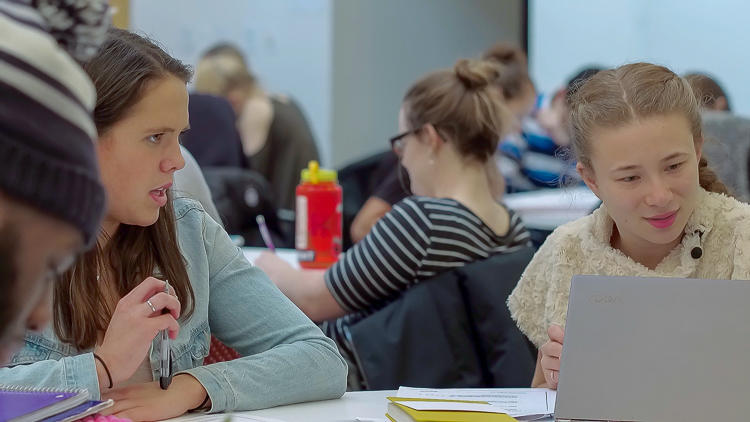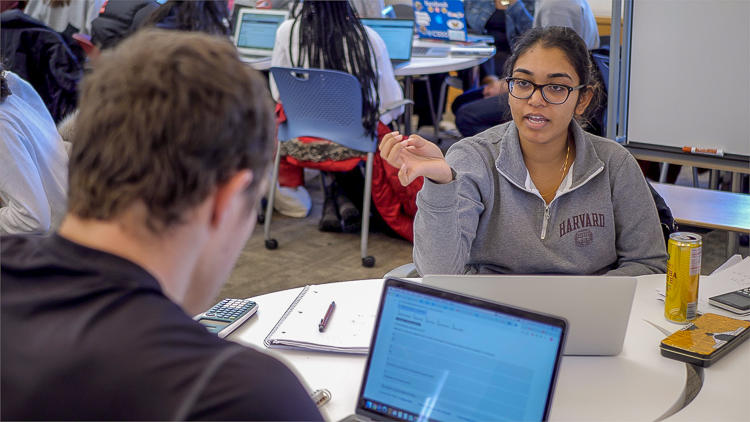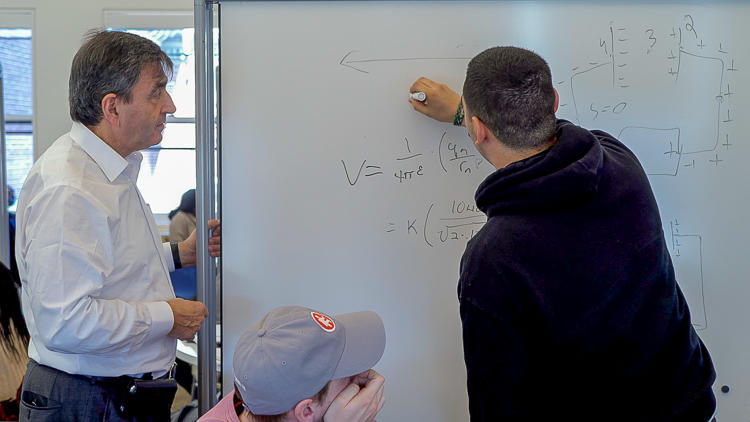In classes that utilize a Team-Based Learning approach, students grapple with challenging problems that they can only solve by working together to learn and apply key class concepts. To achieve this, teams must be intentionally designed, and class norms and expectations for a safe and welcoming learning environment must be strongly reinforced. When this happens, students can learn from and with each other in ways that do not just facilitate content mastery but also foster social skills for future success in an increasingly collaborative world.
How do we assign productive teams where students can learn from each other and grow together? How do we intentionally foster team-building in ways that are integrated with learning course concepts? How do we scaffold the social norms and social skills necessary to enable students to self-manage any conflict that may arise? How can we leverage team-based learning in summative assessments to decrease the anxiety associated with test taking? In these videos, featured instructor Eric Mazur discusses his approach and strategies for using team-based learning with undergraduates at Harvard’s School of Engineering and Applied Sciences.







